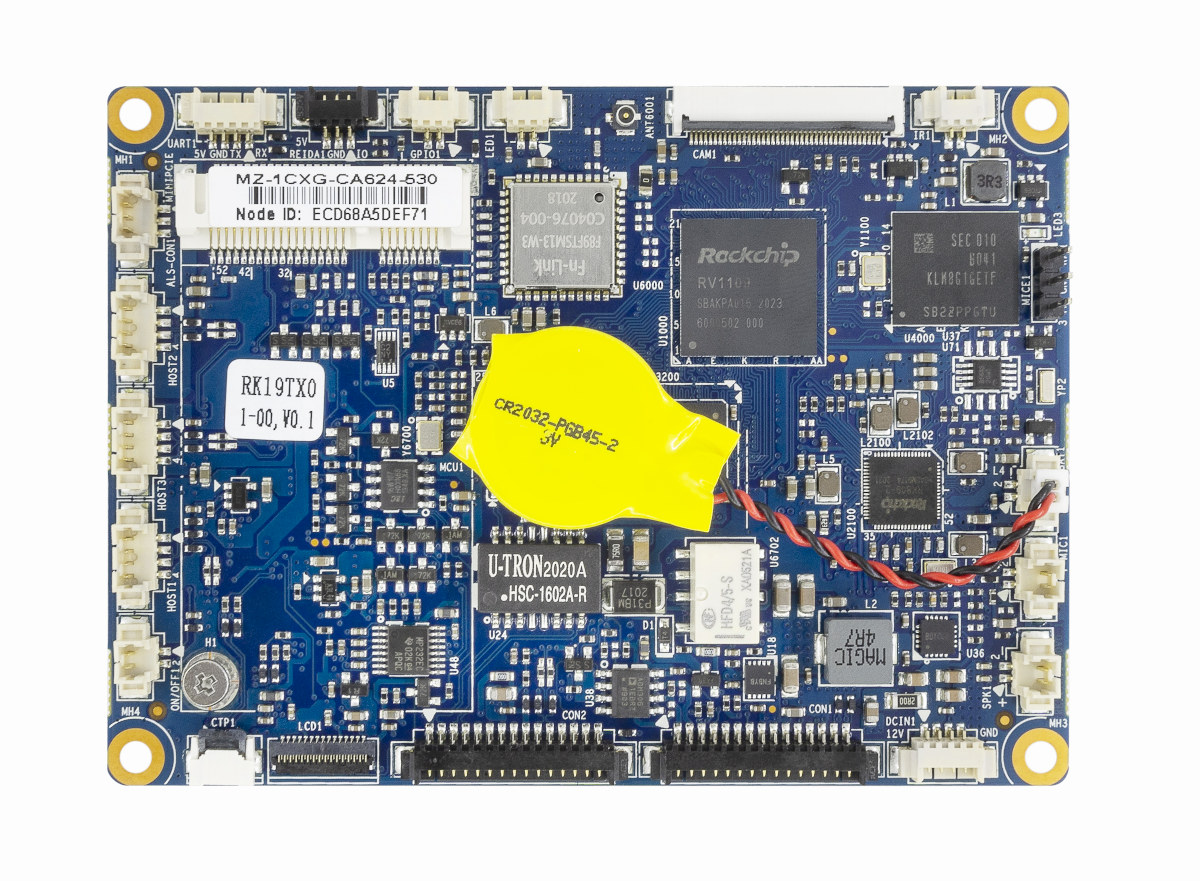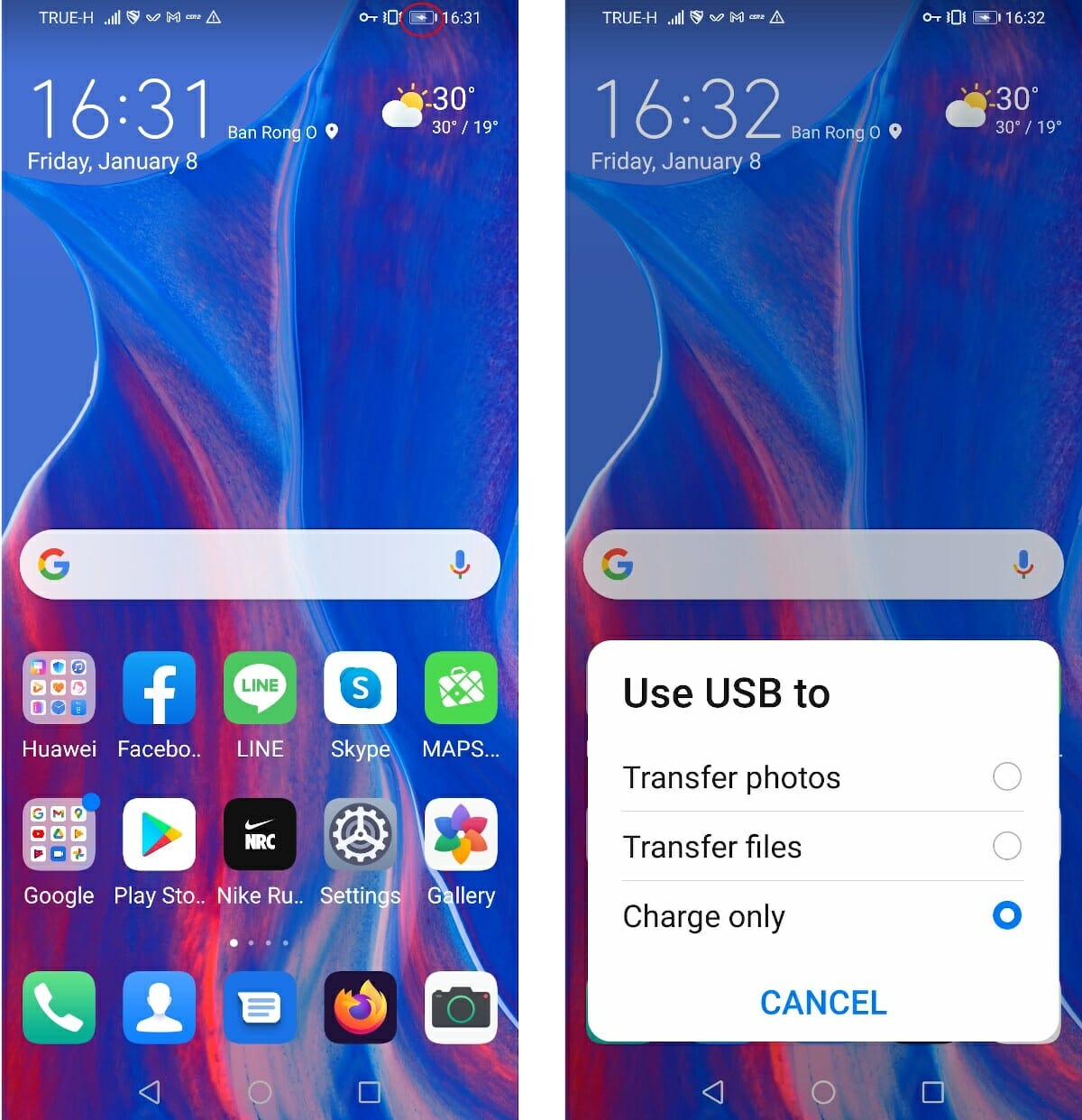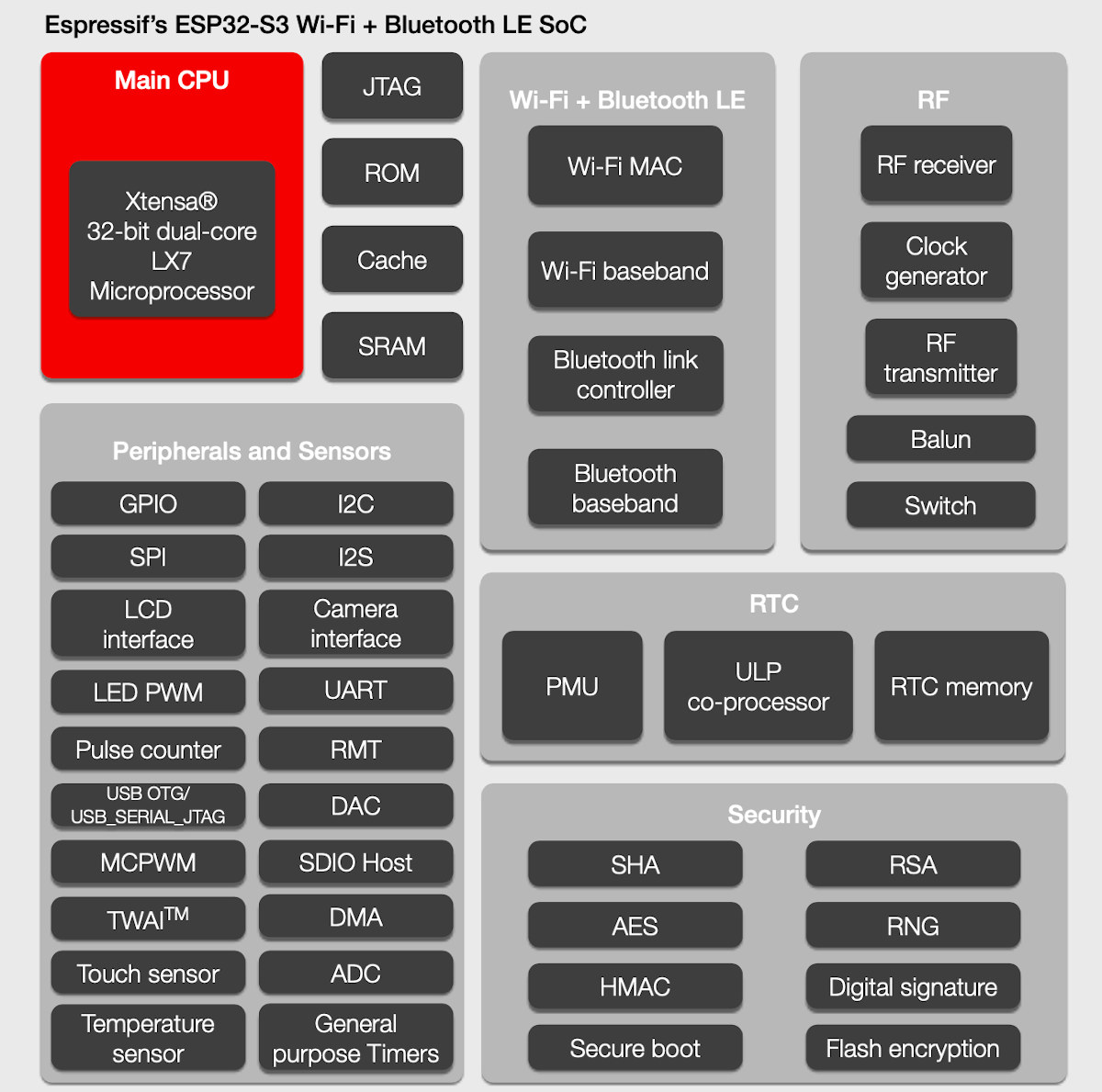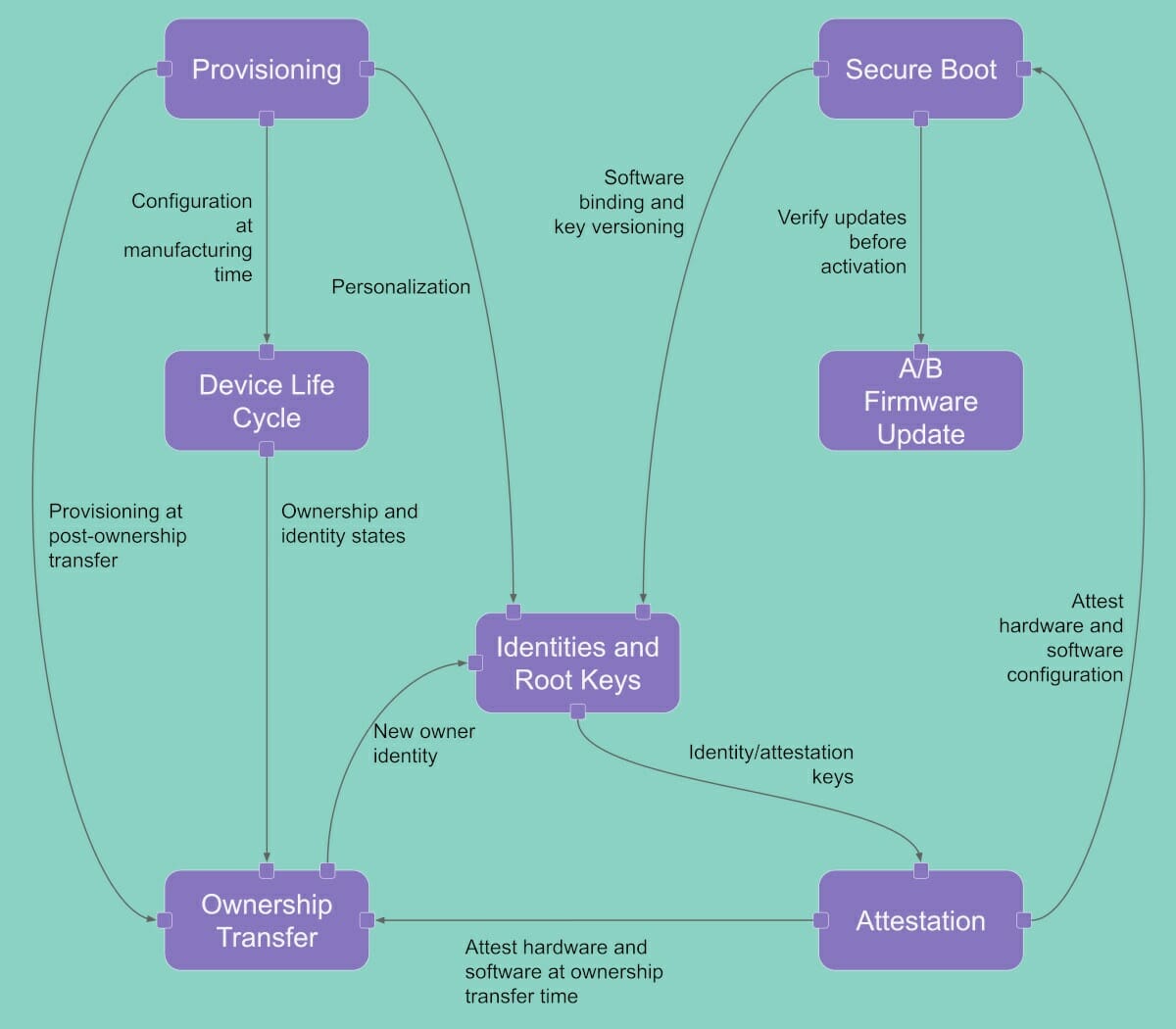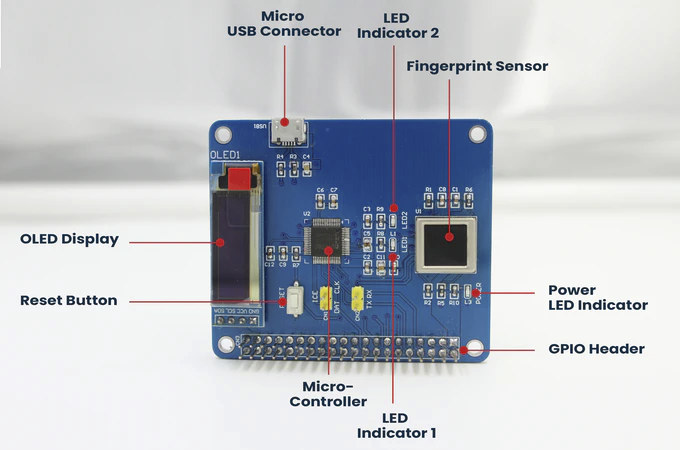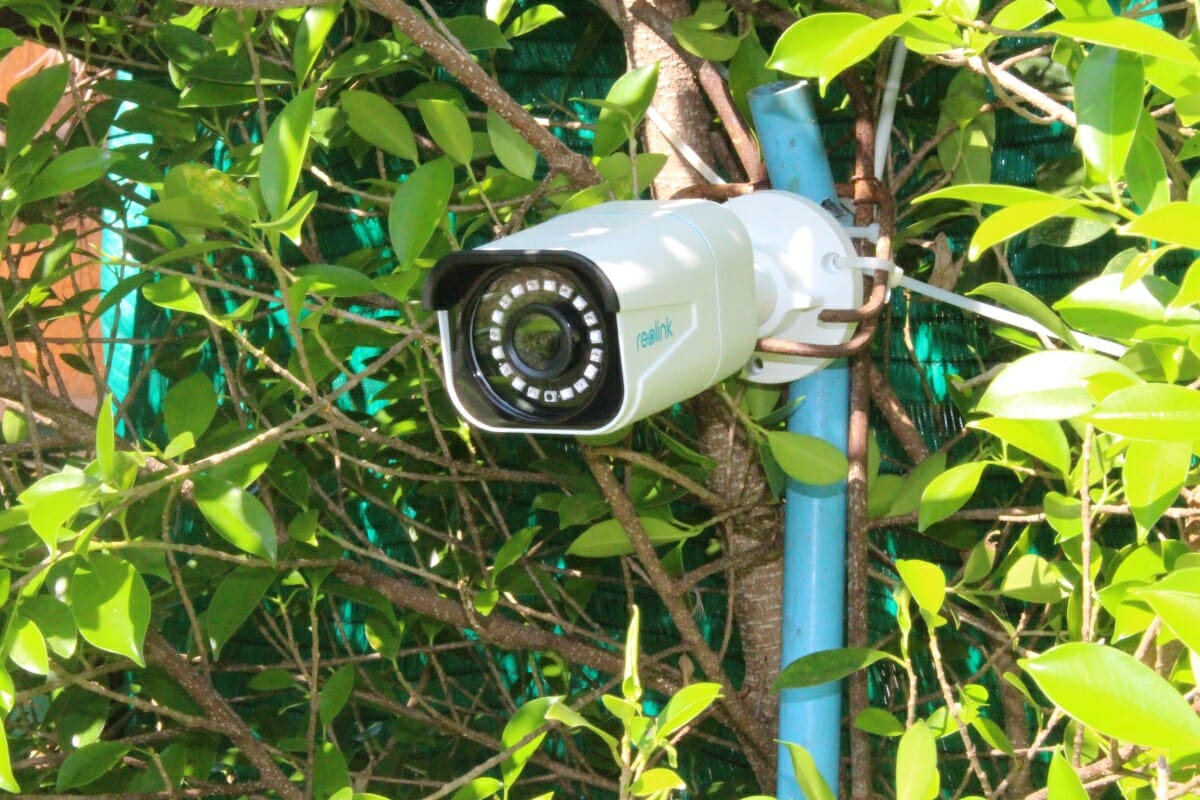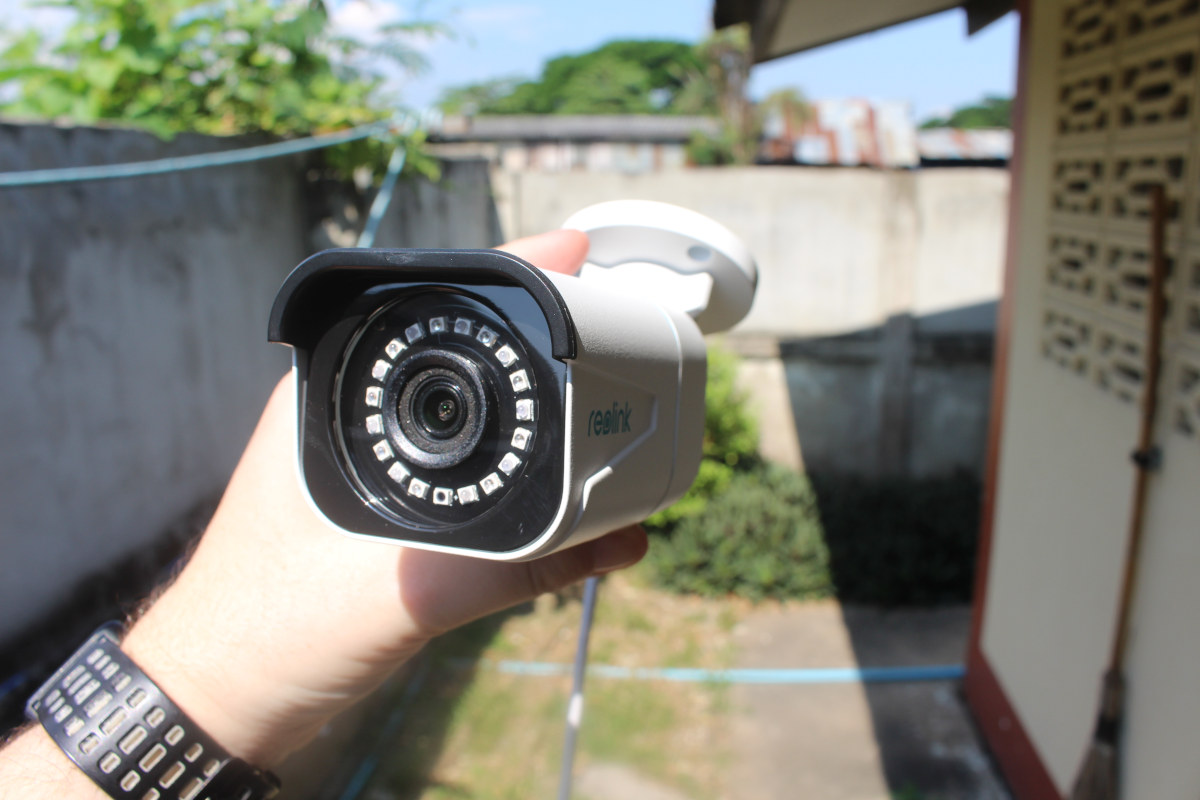We’ve been writing about Rockchip RV1109 and RV1126 AI camera SoC’s in recent days, as well as evaluation boards and modules, plus some complete solutions such as Firefly dual-lens AI camera modules. Shenzhen-based JWIPC, a company specifically in embedded PCs and motherboards, has designed three SBC’s powered by Rockchip RV1109 processor especially designed for access control, leverage the face detection capabilities of the Rockchip processor. The three access control boards are: R19S – Standard 100x72mm Pico-ITX board with industrial grade materials, support for wide temperature, hardware watchdog, and “rich peripheral interface”. R19F- Same as R19S, but with a mini PCIe socket for a 4G LTE module, plus a SIM card slot R19N – Similar to R19S with a narrower 100x60mm design JWIPC R19 boards share most of the same hardware key features and specifications: SoC – Rockchip RV1109 dual-core Arm Cortex-A7 @ 1.5 GHz, plus RISC-V MCU @ 400 MHz, […]
Security Tip – How to detect Juice Jacking on Android smartphones
A few years ago I wrote about the danger of “juice jacking” highlighting the security risks posed by USB charging in public places, where a bad actor could attempt to hack your phone or laptop to steal your precious data or install malware/ransomware. In most cases, there are no risks at home, but it’s when you charge your device in a public place notably an airport or train station that you could be at risk of hacking. If you’re using an Android phone, there’s an easy way to detect Juice Jacking, and whether something fishy is going on as shown in the screenshots below. On the left screenshot, I connect my phone to a USB charger, all that changed was the battery icon changed to show it’s charging. But on the right screenshot, I connected my smartphone to my laptop, and since it’s trying to access data, I’m offered three […]
ESP32-S3 dual-core WiFi and Bluetooth LE 5 SoC supports AI acceleration for AIoT applications
Back in September, we reported that Espressif Systems planned to release a new ESP32-S3 with “AI instructions and multi-CPU cores” with few other details, except the chip would also be part of the MINI-series wireless modules. Now we have many more details, as the Shanghai-based company has now officially announced ESP32-S3. The processor features dual Tensilica LX7 cores, 2.4 GHz WiFi 4 & Bluetooth 5 connectivity, and as expected supports AI instructions to cater to the AIoT (AI + IoT) market. ESP32-S3 key features and specifications: CPU Dual-core Tensilica LX7 up to 240 MHz with additional vector instructions for AI acceleration ULP core to handle low power modes Memory – 512 KB of internal SRAM Storage – Octal SPI flash and PSRAM support (supports larger, high-speed devices compared to ESP32) Cache – Connectivity 2.4 GHz 802.11 b/g/n Wi-Fi 4 with 40 MHz bandwidth support Bluetooth Low Energy (BLE) 5.0 connectivity […]
OpenTitan and Microsoft Pluton – The security chips of the future
Security is becoming more and more important with critical data exposes to the Internet. Traditionally some PCs, laptops, motherboards, or single board computers would be equipped with a TPM (Trusted Platform Module) designed to secure hardware through integrated cryptographic keys. More recently, we’ve started to read more and more about secure elements providing hardware-based security for lower-end platforms. Those are external chips, but companies have also started to providing hardware-security within the processor with solutions such as Arm Trustzone or Intel SGX (Software Guard Extensions). But more recently, Google and Microsoft have made announcements about hardware-security IP with respectively OpenTitan open source project and Microsoft Pluton security chip both meant to be embedded into processors. OpenTitan OpenTitan is described as being “the first open-source project building a transparent, high-quality reference design and integration guidelines for silicon root of trust (RoT) chips”. It is backed by Google, Seagate, Nuvoton, Western Digital, […]
Detecting & Solving Security Issues in IoT and Embedded Devices
Last year’s Eclipse IoT Survey Report shows evidence that security is one of the major reasons for the development of IoT devices. As the number of IoT and embedded devices increases, we see a constant increase in the need for security issues in IoT and embedded devices. There have been increasing security expectations from device end customers and buyers to gain security insights and risks related to their connected devices. Security requires time and effort, so when a new product is launched in the market for business reasons, security compromises may have to be made. Also, organizations don’t have the capabilities and tools to get in-depth information about connecting device security. This is mainly due to the complex chain of third-party products. Methods for Detecting Security Issues Software Composition Analysis (SCA) allows organizations to identify third-party components that have been integrated into all applications. For each of these components, it […]
PiFinger is a Fingerprint HAT for Raspberry Pi (Crowdfunding)
“There’s a HAT for that” they say, or something close to it… We’ve covered many HAT expansion for Raspberry Pi boards over the years, but so far, I don’t think we’ve seen any HAT with a fingerprint sensor, probable because tiny USB fingerprint readers are a thing. But if you’d like a HAT with a built-in fingerprint sensor, the guys at SB Components have you covered with PiFinger HAT equipped with a 2D capacitive fingerprint sensor and a small display. The expansion board is also powered by a Nuvoton Cortex-M23 MCU with Arm TrustZone support and on-chip crypto-accelerator. PiFinger specifications: SoC – Unnamed Nuvoton Arm Cortex-M23 microcontroller with Arm Trustzone (likely NuMicro M2351 since it’s made for fingerprint applications) Display – 0.91-inch OLED display Sensor – 2D capacitive fingerprint sensor with 176×176 resolution connected to MCU over SPI Host interface USB to computer UART up to 115,200 baud + GPIO […]
Reolink RLC-810A review – A 4K security camera with people & vehicle detection
Last week I received Reolink RLC-810A 4K smart security camera with support for people and vehicle detection. I listed the specifications and check out the content of the package of the first security camera I’ve received with artificial intelligence. That should be great to avoid all unnecessary alerts from motion detection I get from my “dumb” IP cameras. In this review, I’ll write a small guide showing how to use the camera with the Reolink app, the web interface, and check out RTSP and ONVIF support. I’ll also see if people and vehicle detection lives up to my expectations. Reolink RLC-810A Camera installation and setup As noted in the first part of the review, the camera does not come with a power adapter and does not support WiFi. So I had to find a 12V power adapter and used a 15-meter Ethernet cable to connect it to my router. Before […]
Reolink RLC-810A Smart 4K PoE IP Camera Specifications and Unboxing
I have reviewed two Reolink WiFi IP cameras in recent years: Reolink Argus Eco and Reolink Argus PT. Both are powered by solar panels, and they’ve been running at home for many months, but there are many false positives, or on the contrary, sometimes the PIR sensor fails to detect people. What would solve this is built-in AI into those surveillance cameras. The good news is that Reolink RLC-810A does just that with the ability to detect persons and/or vehicles, so you would not receive a notification because some bird or insect flew in front of the camera. I’ve just received a review sample, so I’ll part by listing the specs and features, and unboxing the package to see what the camera looks like, and check out included accessories. Reolink RLC-810A specifications Video & Audio Image Sensor – 1/2.49″ CMOS Sensor Video Resolution – 3840×2160 (8.0 Megapixels) at 25 frames/sec […]


